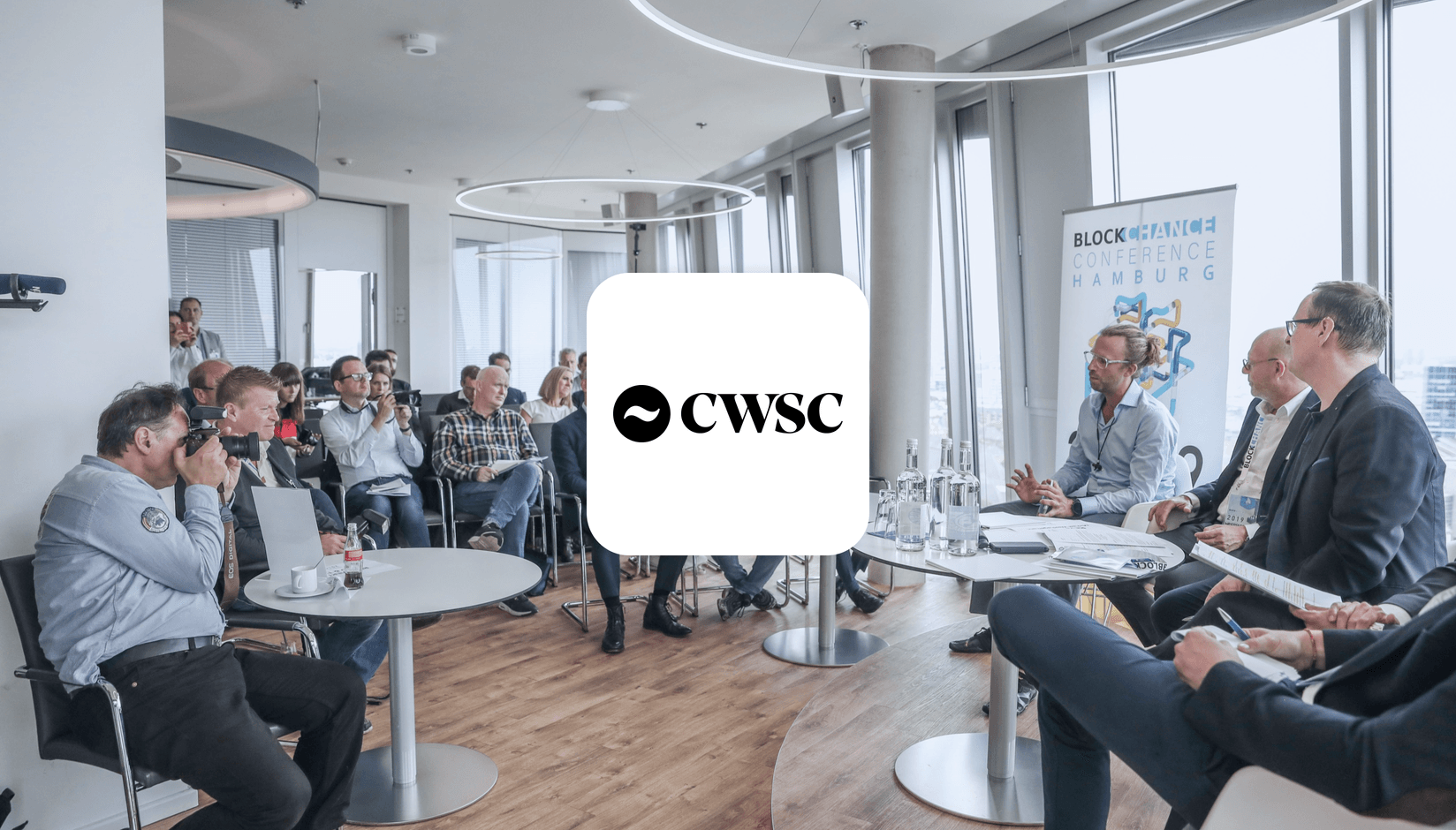- Features
- Solutions
- Pricing
- Resources
- Contact
- Book a demo

Workplaces have seen a steady evolution in recent years, especially with the recent digital boom. Traditional office spaces, with private cubicles and hierarchical structures, are getting phased out. Flexible work patterns such as hybrid working have become more prevalent. The global coworking spaces market is expected to grow to $24 billion by 2030.
Along with the rise in hybrid working, companies are seeking more flexibility in their office environments. The changes in working culture due to the COVID-19 pandemic have accelerated these trends. In a survey of UK businesses, 47% of respondents said that more flexible coworking spaces will form a part of their real estate strategies.
The latest trend in workplace arrangements is towards setting up managed office spaces. A managed office space gives companies the most flexibility. It fosters greater creativity and collaboration. In this article, we will discuss how managed offices differ from other coworking space products, why they are gaining popularity, and how to cater to the tenants of your managed office.
What is a Managed Office?
A managed office is a type of work environment preferred by larger companies. The size of managed office spaces generally ranges from 2,000 square feet to 15,000 square feet. This makes them ideal for scale-up businesses, SMEs, corporate project teams, or even as administrative headquarters.
The company rents the office space for a suitable tenure. The operator tailors the workspace according to the company’s specifications. The company can choose the style and aesthetic of the office space according to its brand. It is a highly customized workplace solution supplied by the owner of the coworking space.
Differences between Managed Offices and other Workplace Systems

How does a managed office differ from traditional offices and other coworking space products?
A traditional office space usually involves a long-term lease commitment. It also adheres to stricter standards of professionalism and hierarchy. The company hiring the space has exclusive access to the area. It is responsible for all aspects of designing and setting it up. This requires a significant time and cost output. Most company leaders would rather spend this time and money on business activities.
Traditional office spaces are also less flexible for companies and employees. This is a significant factor for why they are on the decline.
Flexible coworking spaces, such as serviced offices, have more in common with managed offices. In these workplace arrangements, the coworking space owners offer shared office space. Other companies often occupy the same or adjacent offices. The design and branding are all fixed and provided by the space owner. This gives less privacy to the company. There is a lack of own branding, as the branding reflects the company operating the space.
Managed offices offer a significant advantage over serviced offices. They provide the company with more agency in the design and layout of its environment. The leases are also often of a shorter term than in traditional scenarios.
Why are Managed Offices Gaining Popularity?
1. Companies Want to Display Their Own Branding
Managed offices are being sought out by companies that may have started out in a coworking space but have grown to the point of wanting their own space. While coworking spaces provide a degree of flexibility and an open layout, they lack the personal identity that many growing companies want in their offices. Brands now want their environment to reflect their own company aesthetics and values.
In a managed office, the facilities are not shared with any other company, and the space reflects the ethos and culture of the leasing company. This creates a greater sense of ownership among the workers. It also presents the brand with more authority to business partners and vendors. Thus, it helps contribute to the overall brand identity.
Managed office providers often have a dedicated team to work on the design aspects. The team works with company leads to set up the space according to their theme and branding.
2. Privacy and Security of Information and Environment
Privacy and security are two of the biggest challenges in a coworking space. In a serviced office, a large variety of people share the facilities, and the layout is quite open. Workers from a wide mix of companies and professions use these spaces. The people leasing the space have little say over who else has access to it.
As the owner of the space, you can set up a code of conduct and expected rules of behavior. However, this will have to be quite a broad guideline due to the flexible nature of the arrangement and the variety of people using it.
A critical security concern is IT infrastructure. In 2021, there were an average of 270 attacks on information per company per year. These attacks are issues like unauthorized access to networks, devices, services, or company data. The risk of such attacks is seeing an upward trend. According to Gartner's 2022 cyber security study, 88% of company executives now see cybersecurity as a direct threat to business operations rather than only a technical IT issue.
Workers from different companies often use the same IT network in shared spaces. Many companies use online services such as hosted voice services or cloud services daily over the same connection. This could increase the risk of cyberattacks or the leaking of sensitive data.
A managed office space solves the data security concern. The operator would provide the company with their own secured IT network, which is not shared with other companies. It is set up according to their specifications. This offers the company peace of mind and the operator of the managed office the confidence that they are providing secure services to their clients.
3. Lower Cost, Higher Efficiency
“Our research—which is ongoing—suggests that the combination of a well-designed work environment and a well-curated work experience are part of the reason people who cowork demonstrate higher levels of thriving than their office-based counterparts.”
Companies get a customized experience working with your design and infrastructure team. This means they are free from working on design and layout aspects themselves. This creates greater efficiency, which is why it appeals to companies in today’s environment. Managed office costs are also lower than owning and operating your own space.
4. Greater Control
Companies get a high level of control over their workspace through managed offices. They control access and entry into the workspace, communal areas, and meeting and conference rooms. This means there is less chance of conflict or discomfort. They also control the IT infrastructure, network, and the look and feel of the workplace.
Generate recurring revenue and offer exceptional customer experience at your shared or coworking space
How to Improve Tenants’ Experience in a Managed Office
We have seen why the workplace trend is shifting towards managed offices. With more and more companies looking for such spaces, how can operators maximize tenants’ experience and provide the best facilities?
1. Communication and Connectivity
Having a personal approach goes a long way toward making clients feel well-catered to. Having teams dedicated to all aspects of design and security make the process smooth for the client and the service provider. It is important to be available for any troubleshooting during the setting up of the office. Chat, ticketing system, and power dialers for feedback and support services can help achieve quick response times.
Placing focus on security, especially information and data privacy, is also critical. We have seen how it is of utmost importance to most companies. Showing companies that you take this seriously will go a long way.
2. Sustainable Approach
With growing concerns around climate change, most companies are focused on sustainability. Having an eco-friendly workplace features high on many people’s priorities. Offering sustainable options for lighting, water, and disposal as part of the design and infrastructure services will help many companies achieve their sustainability goals.
“To build and sustain brands people love and trust, one must focus—not only on today but also on tomorrow. It’s not easy…but balancing the short and long term is key to delivering sustainable, profitable growth—growth that is good for our shareholders but also good for our consumers, our employees, our business partners, the communities where we live and work, and the planet we inhabit “
3. Agile Workspaces
An agile workspace allows maximum flexibility of movement and ways of working. With the rise in hybrid work models, people want the freedom to choose how they work. Office culture has moved away from workers sitting at a designated desk and completing their own work. Greater flexibility allows for more productivity and fosters collaboration.
The layout of the office and the tools and technologies available should all be configured to support flexible work patterns. The layout should allow people to move about freely and maximize the use of the space. Offering agile floor plan design solutions will align with most companies’ work culture.
Conclusion
We have seen how the trends in coworking space are evolving. Managed offices are becoming a sought-after coworking solution. They meet the needs of large businesses, focussing on flexibility, personal brand identity, security, and control. By offering agile design, enhanced security, and sustainable ethics, operators can capitalize on the rising demand for managed offices.
To learn more about how technology can help you sell and manage your flexible offices, schedule a demo call with our expert.
The article was written by Jenna Bunnell. Jenna is the Senior Manager for Content Marketing at Dialpad, contact center software and AI-incorporated cloud-hosted unified communications system that provides valuable call details for business owners and sales representatives. She is driven and passionate about communicating a brand’s design sensibility and visualizing how content can be presented in creative and comprehensive ways. Jenna has published several articles for various domains including Cover Junction and Cayenne Consulting. Check out her LinkedIn profile.




